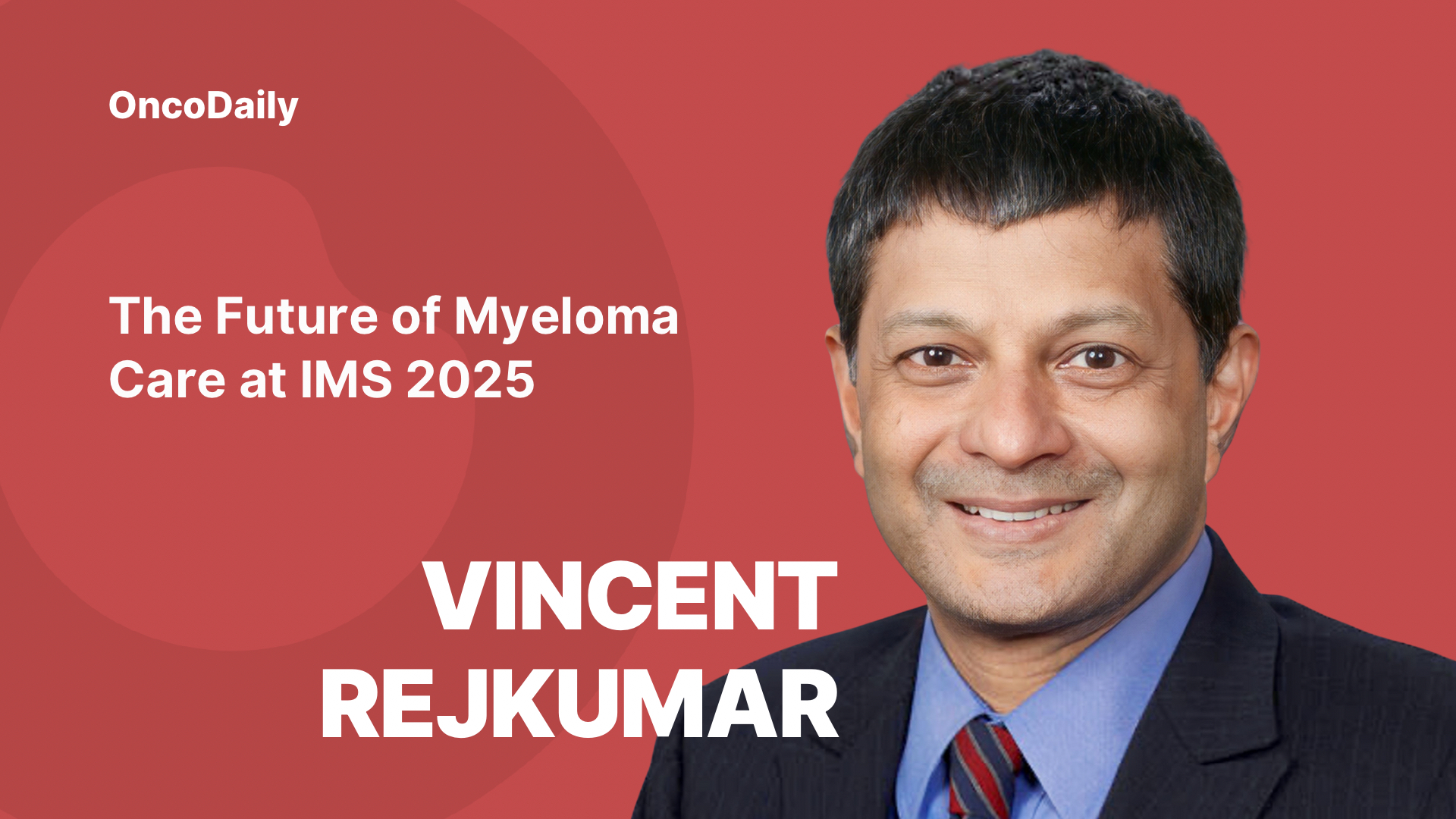The International Myeloma Society Meeting is the defining annual meeting in myeloma with a focus on both the basic, preclinical, and clinical aspects. This year’s program took place in Toronto, Canada from September 17th to September 20th, 2025.
Vincent Rajkumar, Professor of Medicine at the Mayo Clinic in Rochester and Editor‑in‑Chief at Blood Cancer Journal, shared highlights from IMS 2025 Meeting:
“22nd Annual meeting of Myeloma Society IMS25.
We are honoring two pioneers at the opening. The second is Dr. Gosta Gahrton, a pioneer in bone marrow transplantation for myeloma. Perhaps the firs successful allo BMT for myeloma was done by him.”
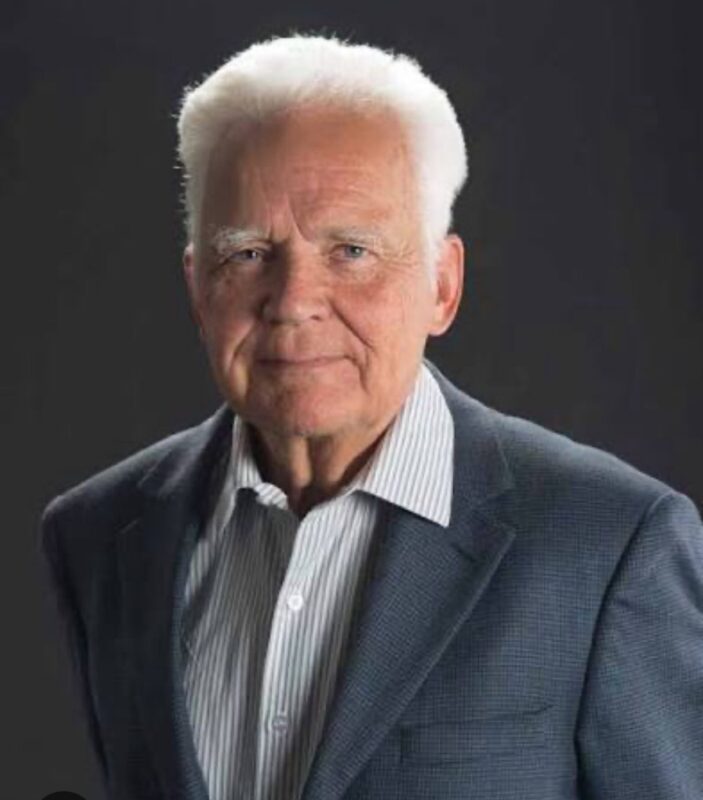
“We are honoring two pioneers at the opening. The first is Dr. Jean Paul Fermand. The first to test early vs late transplant in myeloma. And proposed the concept of monoclonal gammopathy of clinical significance.”
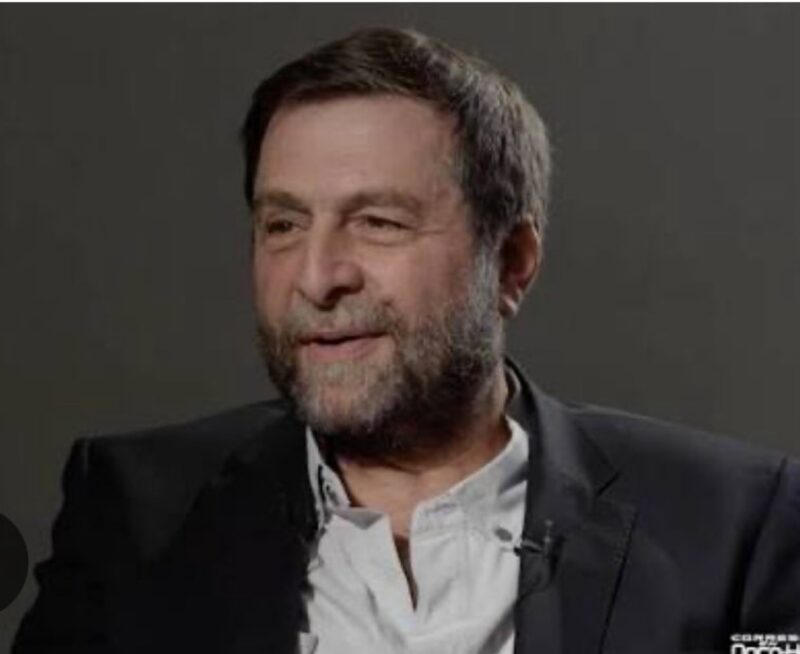
“The session on MGUS and Smoldering Myeloma about to start Myeloma Society IMS25.
Great to co-chair this session with Marivi Mateos winner of this years Waldenstrom Lifetime Achievement Award!”
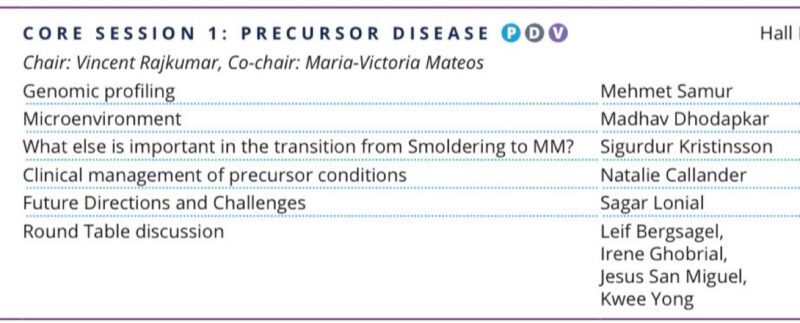
Still relevant. CR has become MRD, and total therapy/tandem transplant has become CART/bispecifics. The extent to which we want to be aggressive with myeloma therapy is influenced by whether or not we think myeloma is curable (true cure) or not.
Co written 15 years ago with the Ken Anderson award winner at this meeting Leif Bergsagel.”
“Philippe Moreau at IMS25 opening lecture:
Bob Kyle as early as 1985 proposed possibility of monoclonal antibodies for treatment of myeloma. Incredible. I did not know.”
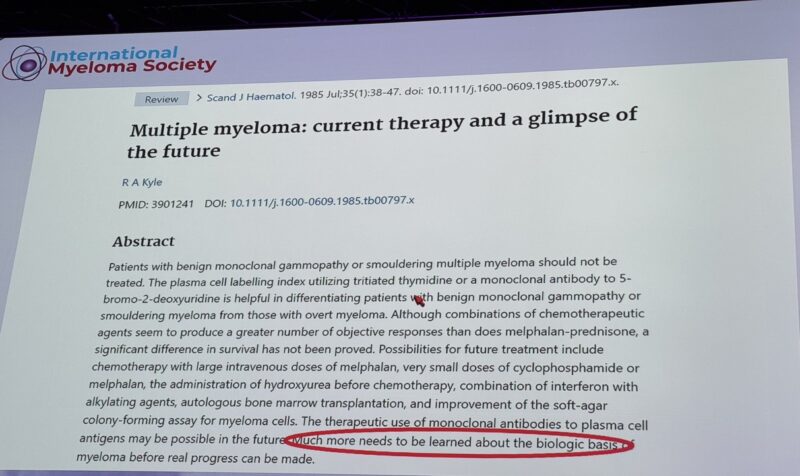
This is what we should aspire for and define as cure in myeloma and other cancers.
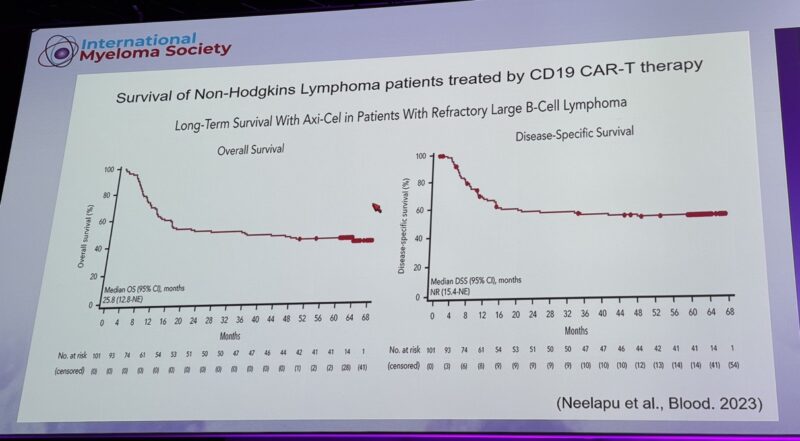
A clear and convincing proof of plateau without any further therapy in Disease Free Survival.
Cure is a simple word. But there is confusion when it comes to cancer. What cure is in cancer, and what we should aspire for?
When can we say that a given type of cancer is curable?
There is a difference between when we can say a particular cancer is a curable type versus whether individual patients with a given cancer can be considered potentially cured.
They are not the same.
To call a cancer curable we must be able to treat the cancer for a finite duration, stop all therapy, and know that a certain % of patients will never relapse.
Early stage solid tumors, Hodgkin lymphoma, DLBCL, ALL, AML are curable. Real cure. The definition of curable cancer.
In curable cancers, we can look patients in the eye and are able to tell them that with a finite duration of therapy there is a certain probability that the cancer will never return.
We do this routinely in curable cancers like early stage solid tumors, Hodgkin lymphoma, diffuse large cell lymphoma, acute leukemia, testicular cancer.
We are able to treat like we treat many infections: Fixed duration therapy; Stop all treatment and certain % never relapse.
This reassurance of curability we offer patients with curable cancers is different from incurable cancers where we are unable to either stop therapy or be confident that with time the cancer won’t return.
When we consider individual patients, cures can occur even in cancers considered incurable: we always have patients who have beaten the odds.
Such occurrences gives hope on potential curability, but does not mean that type of cancer is curable.
There are many cancers where patients can live out a long life but need lifelong treatment (maintenance) or keep getting relapses requiring therapy (recurrent treatments). This is not cure, but is termed control.
Control is good. But cure should be the goal.
Cure has many advantages:
- Finite duration of therapy.
- Less toxicity.
- Less cost long term.
- Peace of mind.
I discussed what cure means in myeloma CO My Congress Mohamad Mohty.
But the concepts apply more generally to all cancers.
Proceed to the video attached to the post.
A few years back we did a study to look at curability of a few cancers which delves into differences between cancers considered curable versus not.
Title: Defining cure in multiple myeloma: a comparative study of outcomes of young individuals with myeloma and curable hematologic malignancies
Authors: Praful Ravi, Shaji K. Kumar, James R. Cerhan, Matthew J. Maurer, David Dingli, Stephen M. Ansell, S. Vincent Rajkumar
Read the Full Article in nature.

We looked at patients <50 years old with myeloma, diffuse large cell lymphoma, Hodgkins, and follicular lymphoma.
<50 yrs age chosen coz if cured, people in that age group should live out normal life.
Note how PFS curves of the 2 curable cancers look like. There’s a plateau.”
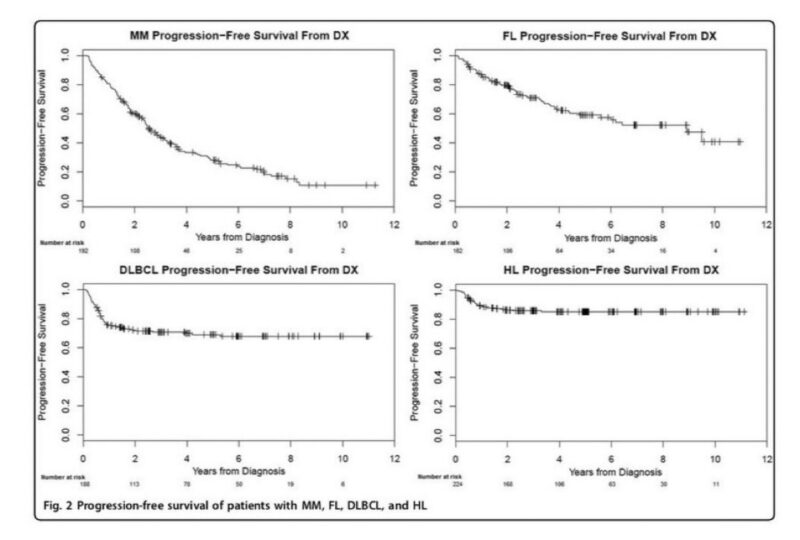
More posts featuring IMS25 on OncoDaily.
